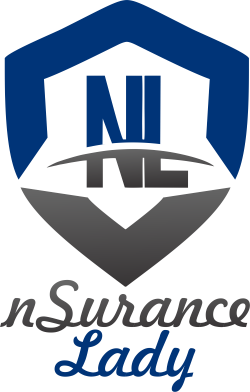
Do I Need Flood Insurance?
Natural disasters aren’t the only cause of a flood though—flooding can come from just about anywhere. This has left many of us asking the same question: Do I need flood insurance?
Ironically, despite the loss flood victims may face, the homeowners likeliest to come out on top financially are those in the high-risk flood zones because their mortgages require them to carry flood insurance coverage.
While you may not be able to remove the risk of flooding, you can take measures to considerably reduce your risk—both financially and physically. By talking with your local insurance agent to see if flood insurance is the right fit for you, understanding your options, and planning ahead, you will be armed with information to make the best choices for both your home and your family.
How Do You Know If You’re at Risk For a Flood?
There is a common misconception that low-risk flood zones are “no risk” flood zones. But, because flood maps change over time, factors like changing weather patterns or local dam improvements could cause the property your house sits on to go from a high-risk flood zone (Special Flood Hazard Area, or SFHA) to a low-risk flood zone at any time. On the other hand, a new neighborhood going in down the street could elevate your home from a low-risk zone to a high-risk zone solely because there is no longer anywhere for excess water to go.
But how do you know your community’s current risk level? FEMA, a federal government agency, updates their flood maps (called “Flood Insurance Rate Maps” or “FIRMs”) yearly through both in-house studies as well as community-initiated map revisions—giving each community a designated “risk” category. These maps help mortgage companies decide whether or not they’ll require flood insurance for a loan, and they tell your insurance agent what to charge you for flood insurance. FIRMs change over time to account for changes in land use, community development, weather patterns, wildfires, etc.
To find out your community’s risk category, you can ask your local insurance agent or go to FEMA’s Flood Map Service Center and put in your address to view it yourself.
Saving Money On Flood Insurance
As with most insurance policies, whether or not you need flood insurance—and what you’ll pay for it—is based on the degree of risk you currently face. So, how can you decrease your risk and lower your premium?
The Basics
- Compare Rates
When deciding on flood insurance, don’t assume one will be more cost-effective than the other. Be sure to get quotes from your insurance agent for both private and NFIP flood insurance to find out which one will work the best for you. - Increase Your Deductible
According to FEMA, as of 2015, a $10,000 deductible would result in up to a 40% discount in your base premium.(15) Don’t forget—you will likely have two deductibles, one on the building and one on the contents. - Maintain Your Coverage
Whether it’s your own home or a home you’re looking to buy, do your best to avoid any lapses in coverage. If your property happens to be grandfathered (see below) into a lower risk category than FEMA’s latest flood maps reflect, this will help ensure your premium stays at the lower rate.
